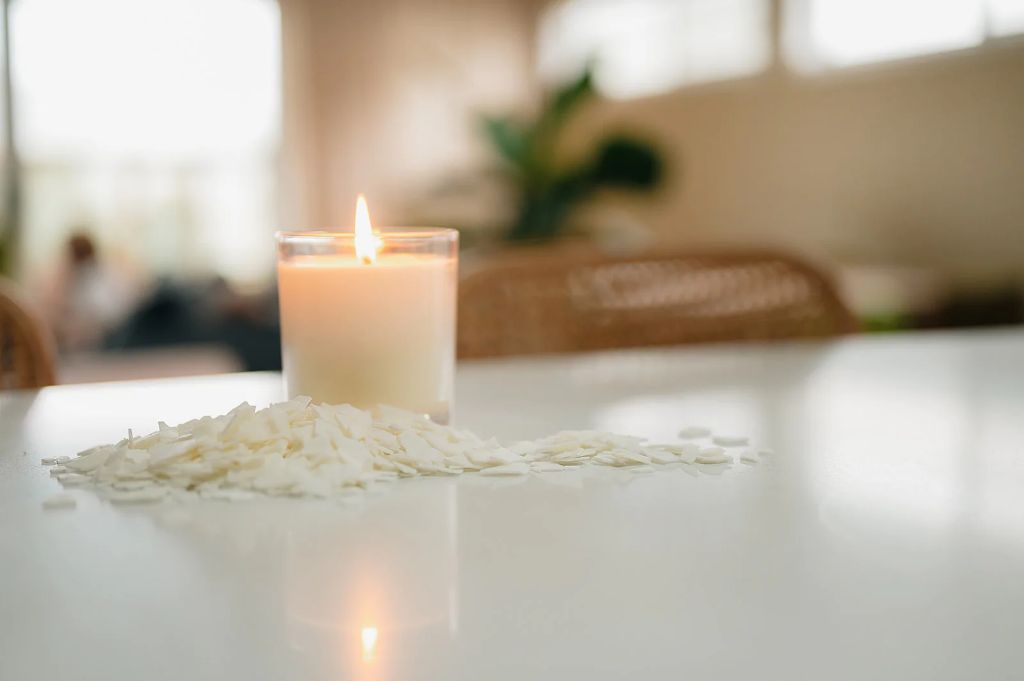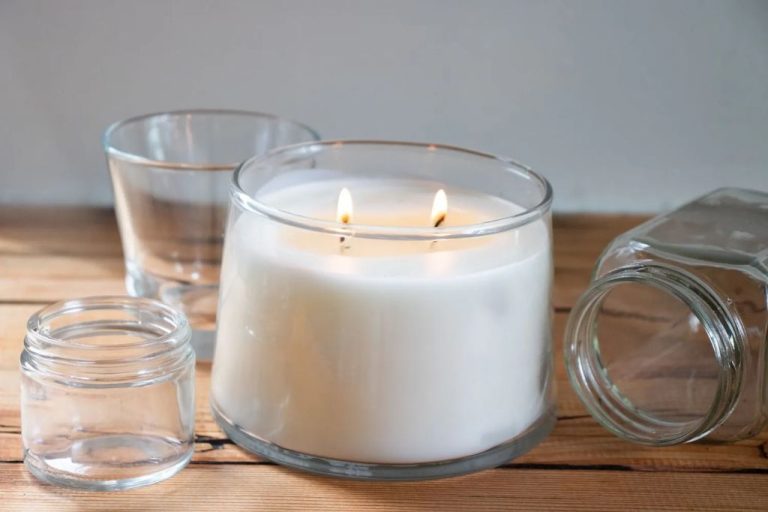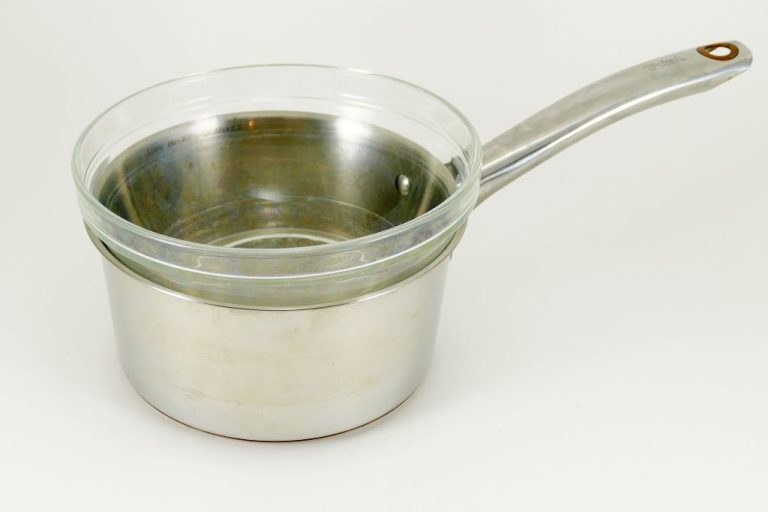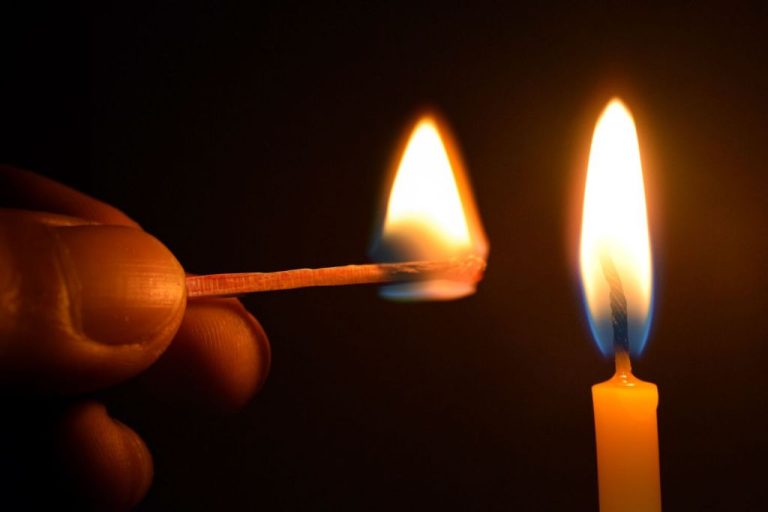What Substances Are Used To Make Candles?
Candles have been used for thousands of years to provide light and fragrance. The earliest candles were made from tallow, which is rendered animal fat, or beeswax https://candles.org/history/. They were mainly used for lighting homes before the invention of electric lights. Nowadays, while candles still provide light, they are largely used for decoration, aromatherapy, religious ceremonies, or mood setting. The candle industry has evolved to produce candles in a variety of shapes, sizes, colors and scents using different wax blends and wicks. Modern candle waxes range from paraffin, soy, and beeswax to palm, coconut and gel wax. Candles continue to be popular household items with a variety of purposes.
Paraffin Wax
Paraffin wax is the most common candle wax used today. It is a byproduct of petroleum refining and is highly refined and purified [1]. Paraffin wax consists of straight chain hydrocarbons, which gives candles a high melting point and makes them rigid. It is inexpensive, burns cleanly, and is easy to work with since it has a low melting point. Paraffin makes up the majority of mass-produced candles today.
Beeswax
Beeswax is one of the oldest candle waxes, having been used for thousands of years. It is made from honeycomb secreted by worker honeybees. Beeswax has a natural honey scent and emits negative ions which help purify the surrounding air. It is all-natural and biodegradable.
Beeswax candles have gained popularity in recent years due to their eco-friendly and sustainable nature, appealing to consumers who are more environmentally conscious (Source). In the 19th century, with the invention of the electric lightbulb, the popularity of beeswax candles began to decline. However, in recent years, beeswax candles have seen a resurgence in popularity as people look for natural and non-toxic alternatives.
Compared to paraffin wax candles, beeswax candles burn cleaner, brighter, and longer. The natural wax has a lower melting point, causing the candle to burn slowly without releasing toxic fumes, making it safer and more pleasant to burn indoors (Source).
Soy Wax
Soy wax is made from hydrogenated soybean oil. It is a renewable and sustainable resource since it comes from soybeans, an annually renewable crop. Soy wax was first commercially produced in 1992. It has become increasingly popular in recent years as consumers look for more natural and environmentally friendly candle-making ingredients. Some key advantages of soy wax include:

- Made from a renewable resource (soybeans)
- Biodegradable and compostable
- Clean burning with very little soot
- Blends well with essential oils
- Natural creamy white color
Soy wax has a lower melting point compared to paraffin wax, so soy candles must be burned in containers with a wider mouth. The wax is also softer than paraffin, resulting in a smoother finish on poured candles. One downside is that soy wax is more prone to frosting or bloom, the whitish film that can develop on the surface of the candle. Proper blending and additives can help prevent frosting.
Overall, soy wax is an excellent choice for environmentally conscious candle makers and consumers looking for a natural, renewable ingredient. The soy wax candle market has grown rapidly and is expected to continue expanding as more manufacturers switch to plant-based waxes.
Palm Wax
Palm wax is derived from the oil of palm trees. It has become a popular candle wax due to its low cost and high yield from palm trees. However, the source of palm wax has become controversial. Palm oil production has been associated with deforestation, habitat loss for endangered species like orangutans, and human rights violations of workers 1. Some candle makers argue sustainable palm oil production is possible and the wax itself burns cleanly 2, while others feel there is no truly sustainable palm oil and wax on the market today 1. Consumers need to research brands and production methods carefully when buying palm wax candles.
Gel Wax
Gel wax is a thick, clear wax that holds fragrance very well. Gel candles will burn significantly longer than candles made from other waxes – generally at least twice as long as paraffin wax candles. This is because gel wax has a higher melting point and lower melt pool temperature than paraffin wax, allowing it to retain heat and remain liquid longer. According to Rustic Escentuals, an eight ounce gel candle can burn for over 100 hours.
The clarity of gel wax allows colors to appear more vibrant. It also lets you see objects or decorations placed inside the candle while it burns. Gel wax formulations often contain mineral oil for enhanced fragrance retention. While gel candles burn slower and cooler than paraffin, proper wicking and vessel size are still important for performance and safety.
Coconut Wax
Coconut wax is a natural vegetable wax made from the oil of coconut palms. It has become increasingly popular for candle making in recent years as an alternative to paraffin wax. According to Hebe Botanica, coconut wax burns slower and cooler than other waxes, which allows the fragrance to throw well. The natural properties of coconut wax also give candles a smooth finish and help the wax adhere evenly to the wick and container walls.
Coconut wax consists of mostly medium-chain triglycerides that have a low melting point between 76-82°F. This allows candles made from coconut wax to liquefy quickly and pool evenly as they burn. Coconut wax also contains no paraffin, making it a cleaner burning and more environmentally friendly option than petroleum-based waxes. Its high oil content enables excellent scent throw as the fragrance oils can bind tightly with the wax. Coconut wax is ideal for container candles and other candle varieties like tarts and melts.
Tallow
Tallow is an animal fat wax that was one of the earliest and most common materials used for candle-making. Tallow candles date back thousands of years, with evidence showing their use in Ancient Rome, China, and medieval Europe. Tallow comes from rendered beef or mutton fat and was historically easy to obtain as a byproduct from butchering animals for food [1]. Before paraffin wax became popular in the mid-1800s, tallow candles were the most affordable option for providing light. The downside was that tallow candles gave off more smoke and odor compared to harder waxes. However, tallow remained commonly used for candles up through the 1800s since it was cheap and readily available. Today, some candle makers may still use tallow for its historical significance and natural source.[2] The use of tallow for candle making represents an early innovation transforming animal byproducts into a practical lighting solution.
Wicks
The wick is a key component of candles that transports fuel to the flame. Wicks come in various materials like cotton, paper, wood, and more. Cotton wicks are the most common type used in candles. They are braided strands of cotton that provide a consistent burn. Cotton wicks curl as they burn, which keeps the wick centered in the wax pool. This helps prevent tunneling and an uneven melt. Paper wicks are thin, flat wicks made of paper. They create a brighter flame but burn faster than cotton wicks. Wooden wicks contain wood fibers that crackle as they burn. This creates a fireplace-like ambiance. However, they may pop more and require more trimming than cotton wicks (Elements of a Candle: Wicks). The wick shape and material significantly impact the candle’s burn, so it’s an important factor to consider.
Colorants & Scent
Candle colorants and scents are added to enhance the appeal and create ambiance. There are several options when it comes to adding color and fragrance to candles:
Dyes are a popular option for adding vivid, consistent color to candles. Both liquid and powder dyes are available, with liquid dyes being more commonly used. Popular dye colors include red, blue, yellow, green, orange, purple, pink, and black (https://www.candlescience.com/dyes/all).
Essential oils are extracted from plants and can provide both fragrance and some subtle coloring for candles. Common essential oils used include lavender, eucalyptus, lemon, and peppermint. Essential oils are natural but more expensive than synthetic fragrance oils (https://www.candlescience.com/essential-oils/all-essential-oils).
Fragrance oils are synthetic scents created to mimic natural fragrances. They offer consistent, cost-effective scent options like vanilla, pumpkin spice, pine, and fruit flavors. Fragrance oils come in thousands of varieties and are the most widely used candle scent (https://www.candlescience.com/fragrance/all).





